Blog
Gather current early learning and care practices, creative ideas, and general inspiration from CCPRN and its members.
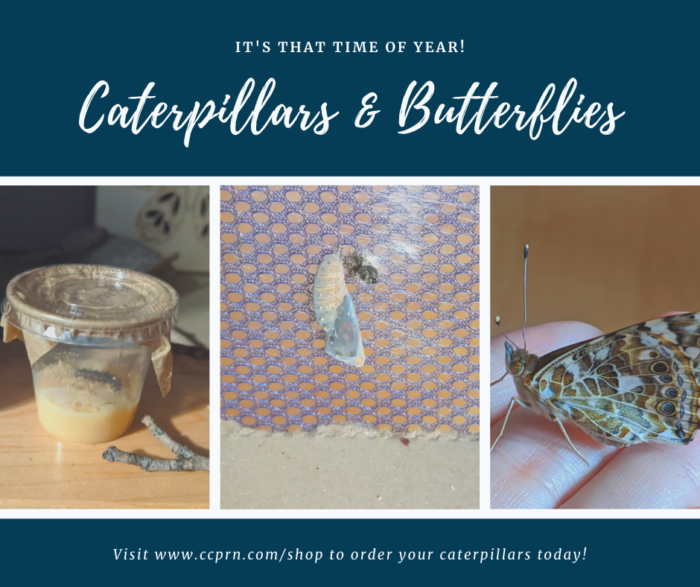
Caring for Caterpillars
March 16, 2022
Perfect for a home or child care environment, welcoming live caterpillars is easy and engaging!
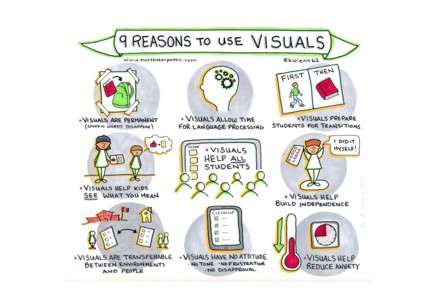
Using Visuals Supports—Schedules and So Much More!
February 17, 2022
Just as adults use and rely on various visual cues (traffic signs, calendars, post-it notes, etc.), children do too. Not only do these supports serve as important reminders, but they also establish expectations, promote language development, encourage autonomy, and provide comfort in knowing what’s coming up next.
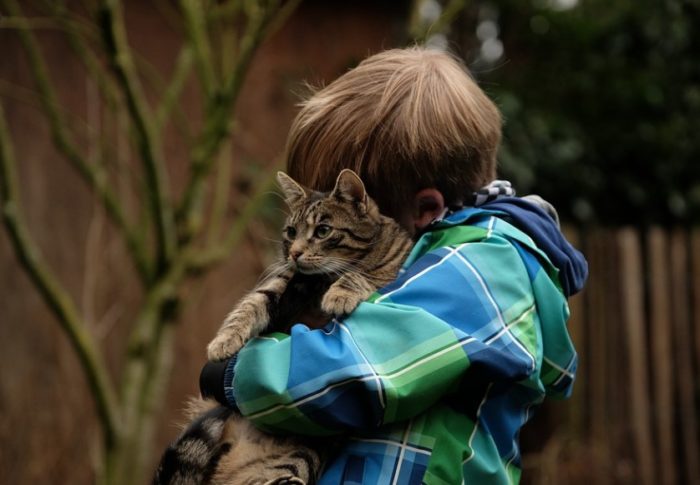
When a Pet Dies–Supporting Children in Their Grief
January 31, 2022
Often, one of the first and most common grief experiences for young children is the death of a pet--whether a beloved family pet or a special pet at a caregiver's home. Just as with the death of a person, and depending on their age and development, every child will react differently to the death of a pet. Be patient and reassuring as you talk to...

We All Worry
January 31, 2022
We all worry—some more than others. The same is true for children. It is natural and normal to worry and have fears. In fact, it is very common for young children to express a wide range of worries. The world is new, and their frame of reference is small. Worry and fear are different forms of anxiety and are a normal part of development.

Transitioning to Child Care
October 20, 2021
We know that starting child care can be hard. With this in mind, we've set out to offer a range of practical suggestions and online resources for both parents and providers. Tools and tips to help ease the transition, establish a sense of belonging, and pave the way for a successful child care partnership.
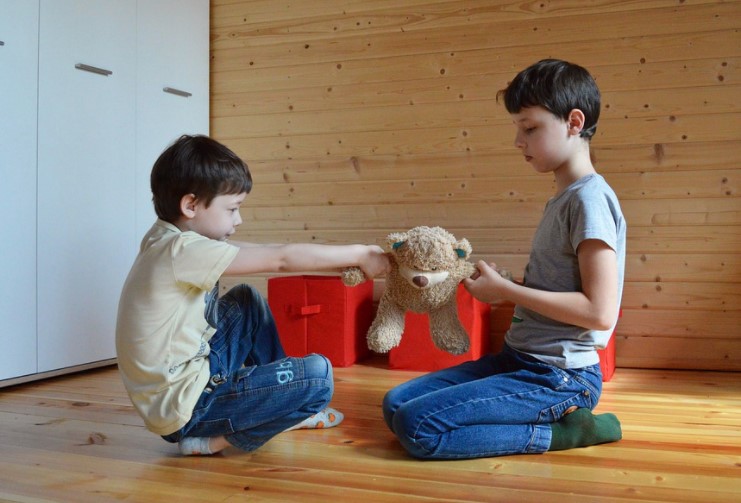
For the Love of Sharing
October 20, 2021
When we model the language of sharing (positive assertiveness and waiting) we are teaching lifelong skills and increasing resiliency. When we, as adults, feel intrinsically motivated to share with others, our children will witness this kindness and learn from our example.
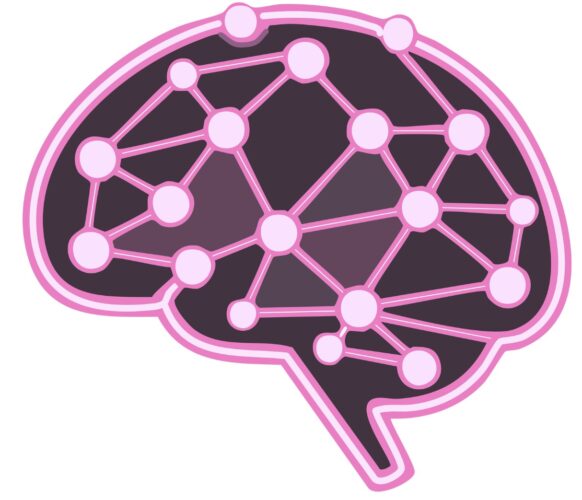
How Your Interactions Impact the Developing Brain
August 31, 2021
Home child care providers have a huge role in shaping the brain development of the young children in their care. By providing a caring and responsive relationship and being sensitive to a child’s needs, caregivers nurture optimal brain growth—and support the formation of essential neural connections.

Nurturing a Gender Inclusive Environment
March 17, 2021
It's never too early (or too late!) to talk about gender and to promote the healthy development of gender identity and expression. Children begin to develop a sense of their overall identity at around age 2 and need to be able to express themselves freely through their play, clothing, hair, friend, and toy choices without judgment or expectation—without having to fit in either a "girl"...
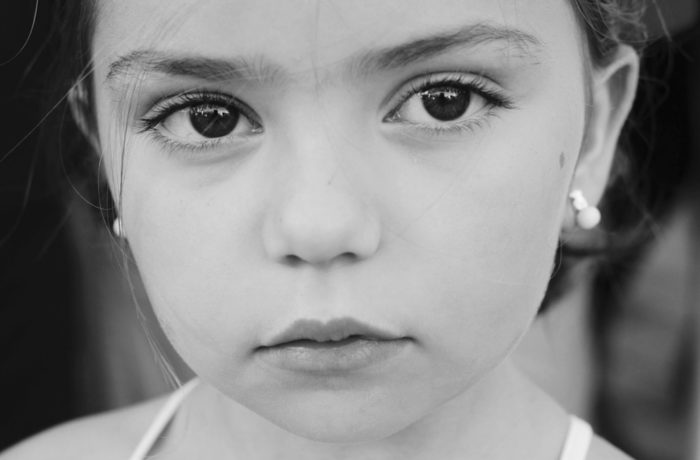
Capable & Competent
February 24, 2021
When we believe that children are capable and competent and we express this belief (with words and actions) in a way that affirms their skills and abilities, we are more likely to see their behaviour and learning as developmentally appropriate. When we see their behaviour as appropriate and acceptable, we are more likely to want to support and further their learning and development. This creates...

